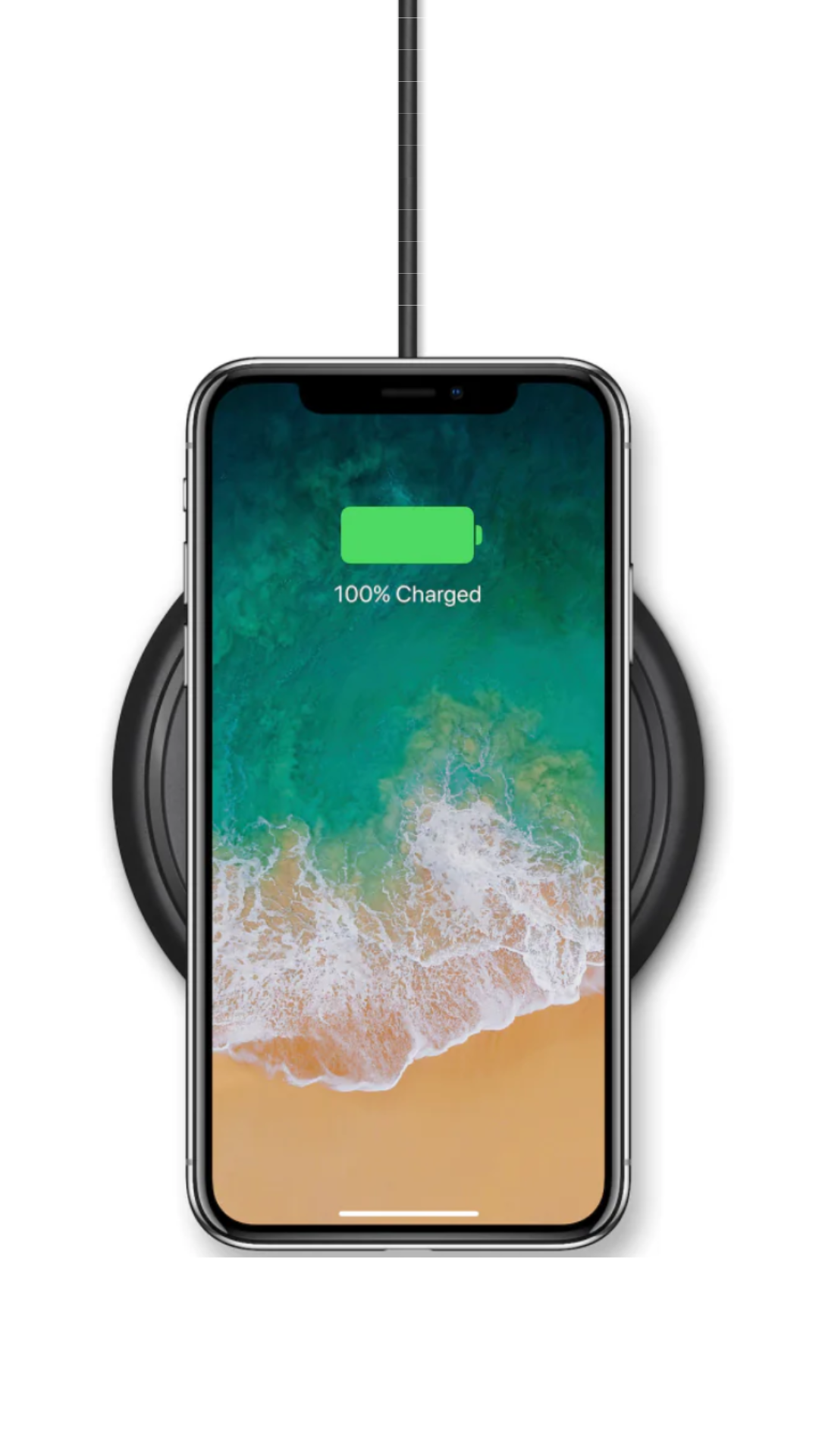
Does my smartphone disconnect the battery from the power supply when charging is completed?
The answer is no.
All portable devices charged through a USB, including the next-generation smartphones, stop the flow of current to the battery as the charge reaches 100%, but still keep it at its end-of-charge voltage.
As reported by several studies (e.g., "Battery University," a platform belonging to the well-known technology provider Cadex Electronics Inc.), if the charge is not disconnected, the battery is subject to rapid wear and its charge/discharge cycles can drop from nearly 500 to about 200.

How does it work?
The ASO can monitor how much energy is actually needed from a smartphone and disconnect the battery from the power grid through a
switch once the energy demand has been met.
Unlike any other charge controllers, the ASO does not read the voltage or capacity of the battery but analyzes the current flow between the device and the charger.
Disconnecting the battery when the charge has completed prevents it from remaining at its end-of-charge voltage even after reaching 100%(which could seriously damage the lithium-ion cell’s electrodes) and allows it to relax to a more comfortable voltage.

Innovative technology
A team of Electronic, Mechanical and Management engineers developed Automatic Shut Off (ASO) technology at the laboratories of "La Sapienza" University of Rome.
Made in Italy technology patented by Witty Srl.
Protect your device
Insights
Protection chip
The protection chip does not manage the battery charging, but physically disconnects it if the voltage or current exceeds the safety parameters.
How to charge
Charging a device may seem like an automatic action that does not require special attention. Below you will find some best practices from the experts.
Would you like to learn more about our technology?
By clicking on this link, you can access a scientific research where we analyze battery chemistry in detail and show some laboratory tests and analysis.



